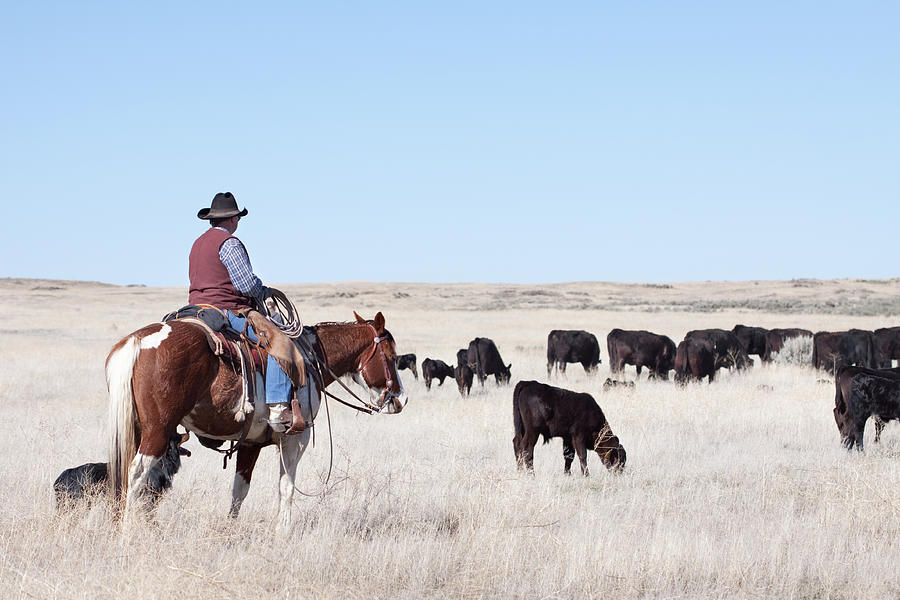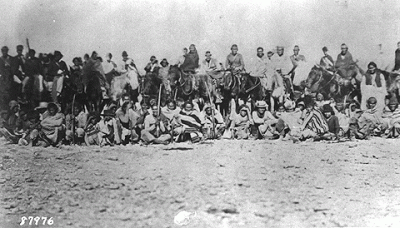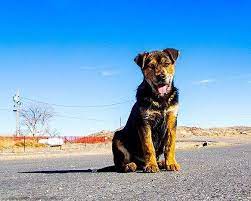The basic necessity of cattle handling is to ensure the well-being of the cattle and people. Cattle are gathered to perform routine husbandry procedures such as veterinary care, weighting, sorting, and weaning. One important element of of cattle handling is transportation to and from pastures, feedlots, and livestock markets. Handling cannot improve the basic product, but good handling will minimize product quality loss and lessen stress on animals. Throughout history, there have been examples of good and bad cattle handling. We can build off this knowledge to improve our own handling techniques. Using pressure and release to handle cattle, if they have somewhere to go, and creating a plan for handling the specific cattle before you start working are important. Understanding the flight zone and using your position to start or stop movement are keys to effectively handling cattle. As a handler, you must keep cattle comfortable so that they will go by you and do what you want.
There are many different types of cattle handlers such as vaquero, Jack Arros. Developing and managing movement is key to achieving effective stockmanship. My grandma Lawrence states “If we sell our for more than what our expenses are we make money. The secondary way is just the long term appreciation of your real estate. So those are probably the two, the realized profits and the unrealized profits.”
There are 5 basic principles of cattle behavior that when used properly, can improve the ease and speed of working cattle while reducing stress and increasing efficiency. The open range cattle era was time of huge growth and development across the American West. Ranchers in Texas started moving longhorns toward the cities in the north and east coast. The culture of handling cattle on any operation originates from upper management and is expressed by the workers on the ground. If you have had a thought like this one: “That stupid ol’cow!,” you have room to improve your abilities as a stockman. Cattle are not stupid and usually do what they are asked to do. However, if you ask incorrectly, cattle will not necessarily do what you want or need them to do. When this happens, we rely on facilities, equipment, or manpower to force them to do what is needed. These results increase stress on cattle and hands which causes cattle to get more difficult to handle over time. The natural instinct of a cow is to return to the last safe or comfortable place they were. This also works great in sorting and moving cattle from one corral to another.
Weaning cattle is the procedure of switching calves off the mother and reduces the nutritional needs of the cow, preserving her body condition and minimizing the impact of lactational anoestrus. Weaning is risky in managing the period a cow lactates, and this put stress on the cow’s body. There are many methods to weaning cattle such as strip and ship, fence line, two-step, pre-condition, and early weaning. Weaning allows the cow to transfer nutrition, previously going into milk production, to her own normal body functions including improving her own condition and preparing herself for the next calving. When cattle receive proper nutrition, the immune system will have energy to function optimally which can help the effectiveness of vaccines and de-wormers. Feeding calves a high quality starter feed at weaning provides an adequate baseline for nutrition. Weaning calves are often hungry, meaning they tend to bawl for their dam. Bawling for extended periods can irritate a calves throat and potentially lead to respiratory challenges. These stressors, paired with a still developing immune system, can ultimately lead to reduced disease resistance. Most beef producers wean around seven months of age, according to John B. Hall, Ph.D, a University of Idaho professor and extension beef specialist.
Weighting mature cows within a herd will allow producers to oversee the herd and better the genetics and provide knowledge to assist reaching production goals. My mother Jesse Jim says that she hates to talk about how much is made from the cattle. “Given that we’re a capital intensive operation, a net income of $200,000-$300,000 would probably be typical at this point after costs.” When it comes to cow-calf producers, record keeping, diets, and stocking rates can be managed efficiently by knowing accurate weights. Record keeping of weights can also provide an average daily gain (ADG) and ensure that rations fed to growing cattle are efficiently meeting their dietary needs. Cattle feeders will find benefits in weighing their cattle by monitoring animal performance, improving animal health, and forecasting the best time to sell cattle.
The single-most important factor in keeping a cow at zero non-productive days is body condition, and the amount of fat a cow is carrying through the various stages of the production cycle. Body condition has a direct impact on calving interval, conception rate and percentage of open cows. To access body condition, ranchers and researchers use a scoring scale of 1 (emaciated) to 9 (very obese). Research has shown that cows that calving at a body condition score of 5 to 6 will return to estrus in 50 to 60 days. A cow calving at a body condition score of 4 will take 70 days. With only 80 days available from calving to rebreeding to stay on a 365-day calving cycle, this does not allow much time. For spring calving herds, Rogers recommends ranchers take body condition scores now while there is still time to economically add condition prior to calving if needed.
Sorting cattle is important if you have a large number of cattle. For better management you will need to separate the animals into different groups depending on their age, size, gender or condition score. There are different ways for cattle sorting, such as sorting from a cattle chute, or sorting cattle in a working corral. Farmers and rancher sort cattle for a variety of reasons, but the end goal, is to handle cattle safely. One reason to sort cattle is for biosecurity measures. They are typically designed to prevent the spreading of diseases by minimizing the movement of various biological organisms. Disease-causing agents can often be transferred between animals via saliva, urine, and feces. Cross contamination of bodily fluids can be controlled between animals as well as animals to feed along with animals to equipment. You will need to implement effective cattle herding techniques into your practices so that you can exercise traffic control effectively. This includes being able to sort cattle from other animals that may be on a ranch as well as isolating specific groups of cattle, especially the new ones that enter your ranch prior to being tested for any diseases-causing agents.
The practice of safe and effective cattle handling reverberates through every aspect of cattle farming. Its impact is far-reaching, affecting the welfare of cattle, the safety of handlers, and the overall productivity and profitability of farming operations. Poor cattle handling can result in stress or injury for both cattle and handlers, decreased meat quality, lower weight gain, and increased vulnerability to diseases. On the other hand, proper cattle handling can improve cattle health and growth, enhance job safety, and boost overall productivity. This understanding helps design handling procedures and facilities and cater to the animal’s instincts and reduce their stress. Effective use of handling aids, such as canes, flags, or paddles, can help guide cattle without causing harm or stress. “Managing ranchers where they can work together, be productive, and have a similar vision of what we’re trying to accomplish. That’s probably the challenge the most of the high level thinking,” says my grandma Herb who works for BIA.






